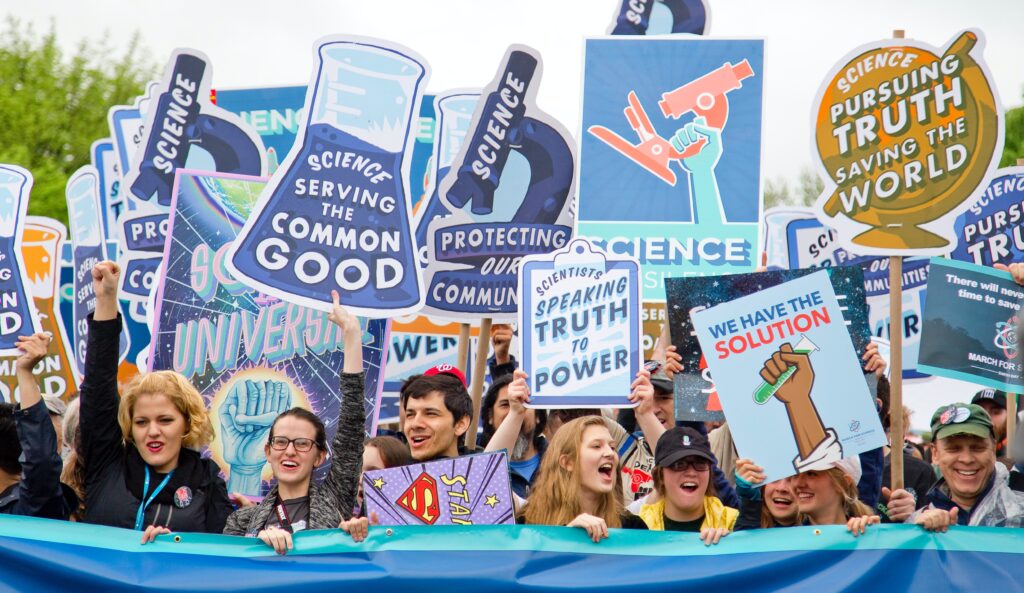The Minister for Energy and Emissions Reduction, Angus Taylor, released the government’s “technology-led plan to lower emissions, lower costs and support jobs” this week. However, the plan focuses on areas that will continue to support the use of coal and gas-fired energy, seriously undermining our transition to clean sources of energy, and the flow-on benefits throughout the economy. It’s been met with widespread and well-deserved criticism.
“…the government’s plans on hydrogen (and associated steel and aluminium production), as well as carbon capture, may all lock in fossil fuel use for decades. This outcome is completely at odds with what’s needed to address the climate emergency.”
Mark Diesendorf, Honorary Associate Professor, UNSW
The government’s plans are not aligned with the advice of energy, economic, or climate experts, and fail to deliver the kind of ambitious de-carbonisation the Australian economy requires.
See here for our our Economic Stimulus, Energy & Infrastructure plan – an evidence-based approach.

And why do we need to listen to the evidence of experts?
Australia is currently on track to dramatically fail to meet our obligations under the Paris Agreement to reduce carbon emissions by 26-28% by 2030, and has no chance of meeting the net-zero emissions by 2050 goal needed to keep global warming well below 2 degrees C, as per international agreements. That assessment is based on the government’s own projections of emissions reduction. We require an urgent shift in priorities to directly address the causes of carbon emissions in order to change this trajectory.
Energy generation accounts for 33.2% of our emissions (excluding exports) with a further 10.8% coming from fugitive sources (emissions released during extraction activities); 18.9% from transport; and 19.1% from non-electrical heating. Emerging technologies can be used to effectively reduce our emissions across the board in these key areas using:
- renewable energy sources to replace existing coal and gas-fired generation capacity (following the AEMO’s Renewables Integration Plan), including utility-scale storage
- using renewable energy sources to produce ‘green’ hydrogen – an emissions-free energy source which can be used to reduce emissions in the transport industry (in particular)
- transitioning residential and commercial heating to electric power, using solar or wind sources
- transitioning the energy generation needs of smelters (for steel and aluminium) away from coal and gas, towards relatively cheap, renewable energy sources, which will open up new markets domestically and internationally for low-emissions building materials.

